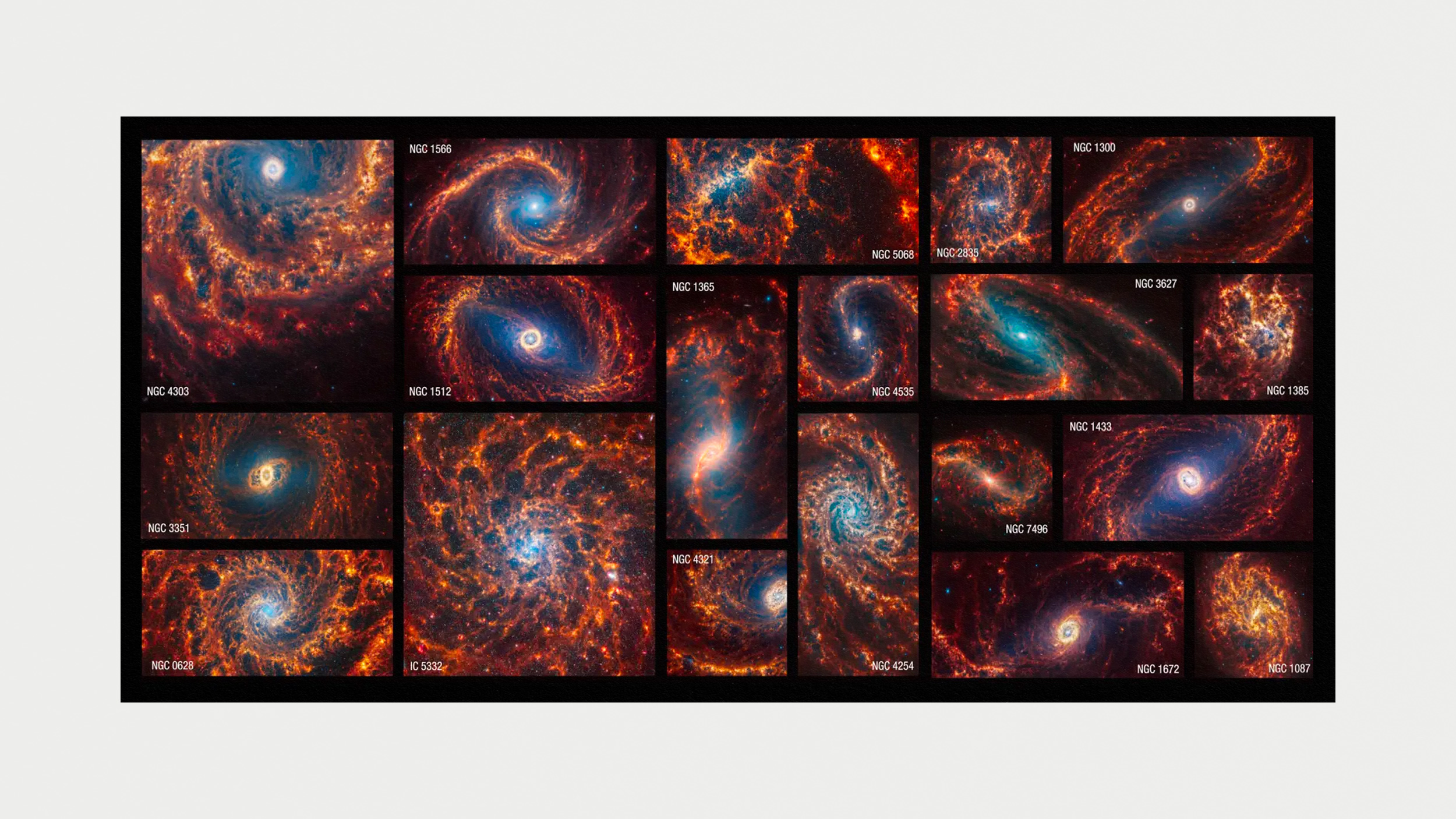Empty Suits: The Art of Charles LeDray

The business world is full of what can be most kindly called “empty suits”—individuals who look the part but hollowly fulfill positions of power. In the art world, the empty suit isn’t necessarily a bad thing, especially when the “tailor” is Charles LeDray. In Charles LeDray: workworkworkworkwork, an exhibition at the Whitney Museum of American Art through February 13, 2011, one of the best kept secrets of contemporary art comes out into the open. An artist working alone on meticulously detailed miniatures of everyday life, LeDray speaks of larger truths through a materialism that continually reminds us of emptiness.
LeDray’s handmade miniature sculptures defy easy categorization. In the catalog, Adam D. Weinberg, director of the Whitney, compares the effect of LeDray’s art to that of photography. “[D]econtextualization, documentation, miniaturization, and the foregrounding of detail” are just some of the characteristics of photography that LeDray’s creations mimic. What fascinates and often disconcerts the viewer, however, is the physicality of these “photographic” sculptures—tiny windows onto our own everyday world. Weinberg concentrates on the way LeDray manipulates time in his sculptures. The title work, workworkworkworkwork, consisted of 558 elements that LeDray arranged in a 45-foot-long strip on New York’s Cooper Square in 1991. Miniature clothes, books, magazines, and even housewares recreated a sidewalk sale of sorts. “The work… underscores several durations of time: the time of its making, the time of its installation, the time inherent in the implied narratives, and the time of viewing,” Weinberg writes. Like photographs, LeDray’s sculptures capture time and hold it in place for closer inspection.
The power of these miniatures to fascinate dominates Jen Mergel’s catalog essay. Senior curator of contemporary art at the Museum of Fine Arts, Boston, Mergel believes that LeDray’s “art of intimate scale, detail, and materials—hand-sewn fabric, wheel-thrown clay, intricately carved human bone, and more—compels us to look closer, past the surface of a small and recognizable form to the unseen depths of its meaning.” One work that brings these “unseen depths of… meaning” to the surface is Hole (shown above). In the middle of this “image of absolute togetherness,” as Mergel calls it, LeDray places “a raw void: a relatively large hole cut straight through the layers of tie, jacket, shirt, and pants.” What that void means is up to us, the viewers. “Whether this silent silhouette evokes a broken heart missing love, a coward lacking will, or a mortal wound,” Mergel believes, “it resonates as a concentrated reminder of the precarious balance that is the whole and hole of our lives.” The empty suit seems even emptier through this violation, which cuts to the heart of the different emptinesses of life itself carved by the losses of time’s passage.
As Mergel points out, what really makes LeDray’s art remarkable is the scale and the craftsmanship put into that scaling down. Conveying just how small LeDray’s work is can be difficult through photography, but the catalog designers vary the illustrations between detailed shots and more panoramic views. The listed dimensions often defy belief until you see people walking around LeDray’s work, as in Sam Blair’s short filmLike a Memory: Perspectives on Mens Suits. The “Gulliver effect” pervades LeDray’s work, with the same kind of close inspection of society through distortion of size that Jonathan Swift used so powerfully. Where Swift mercilessly wielded satire to cut to the heart of the matter, LeDray employs more gentle weapons of introspection and meditation to inspire others to thought.
Charles LeDray: workworkworkworkwork refutes the idea that bigger is better in modern art. Where others shout, he whispers. To hear that whisper, we must come in closely and fall under the spell of his art, which mesmerizes by sheer technical skill before it awakes us to reconsider the world around us. LeDray burrows a hole through the material world to reveal the hollow core we prefer to ignore. That hollowness can either lead to despair or rekindle memories of things we have lost. Either way, Charles LeDray is much more than an empty suit.
[Image: Charles LeDray. Hole, 1998. Fabric, thread, plastic, wood, metal. 19¼ x 13½ x 2½ inches (48.9 x 34.3 x 6.4 cm). The Cartin Collection.]
[Many thanks to Rizzoli for providing me with the image above and a review copy of the catalog to Charles LeDray: workworkworkworkwork, an exhibition at the Whitney Museum of American Art through February 13, 2011.]





